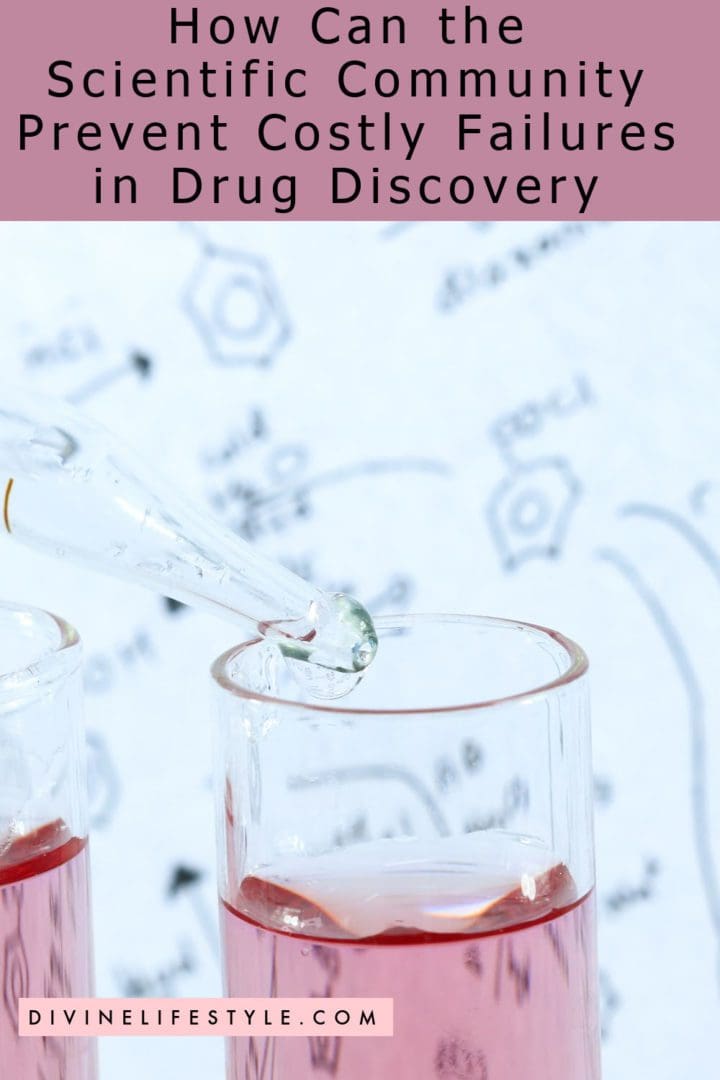Aetna Foundation’s Digital Health Initiative
This is a sponsored post written by me on behalf of the Aetna Foundation. I am someone addicted to technology. I use it constantly to do as much as possible. I am always searching,...
The cost of modern drug development has reached enormous proportions. Researchers recently pinpointed an estimated cost of about $996 million to bring a single drug to market. Unfortunately, since only five in every 5,000 potential drugs proceed to clinical trials—and only one of these eventually receives FDA approval—the cost of drugs that never make it to market is even more staggering. To understand why these failures occur and the importance of preventing them, one must first understand the rigors of the drug development process. We hope that you find this How Can the Scientific Community Prevent Costly Failures in Drug Discovery post valuable.

The first step in drug development involves identifying a potential, druggable target that could help alter or halt the course of a particular disease in the human body. In most cases, researchers begin by studying the genetic material of individuals who have already experienced the disease to identify a common gene, set of genes, or gene mutation that could influence the disease process.
Each gene codes for a small number of proteins, so researchers must study the form and function of the proteins produced by the genes associated with the disease. Visit this site for a better understanding. If the alteration of any of these proteins impacts the course of the disease, that protein may be a drug target. Unfortunately, only a small percentage of proteins interact well with pharmaceutical drugs, so targeting the right ones can be costly.
Once a druggable protein target has been identified, researchers must begin identifying a potential compound that could have the desired effects on the protein. If there is not already a compound known to interact with the protein, researchers must choose from hundreds of thousands of chemical compounds to find one that will do so. Compounds can be screened quickly using high-throughput screening. Or, researchers can use data from past screenings to find compounds that are likely to interact, reducing the volume of test data—and the time and money necessary to complete it.
This smaller library of like compounds will then be screened to see which will interact with the target protein. Any that do are termed “hits,” but not every hit produces the desired effects on the target protein, and those that interact ineffectively must be eliminated before they proceed to the next stage of drug development. To validate hits, researchers utilize biochemical assays, such as microscale thermophoresis (MST), to characterize the molecular interaction between proteins and potential drug compounds. Only those that demonstrate the desired response—actual lead compounds—move to the next stage.
Although a few lead compounds may have the desired effect on the drug target, each must be further developed before use on humans. For example, chemists must often alter the compound to ensure it is soluble in the bloodstream and can survive within the harsh conditions of the digestive tract. In addition, the compound must also prove effective in animal trials before beginning clinical trials.
Even those compounds that effectively combat disease mechanisms in mice or bacteria may not have the same effects in a human cell. Others may prove toxic to human cells or otherwise produce adverse effects on humans that they did not produce in animal subjects. As a result, very few of the lead compounds that make it to the development stage can even begin the rigorous FDA approval process—making the frequent identification of multiple lead compounds essential to timely drug development.
Fortunately, advanced technologies have made it possible for researchers to identify, screen, and test more compounds more efficiently than ever before. Even more significantly, technologies like MST ensure only the best hits proceed to the development stage. As a more significant number of validated lead compounds reach development, the annual approval rate has more than doubled since 2009. With these technologies, careful attention to eliminating time and resource waste, and speedier identification of potentially helpful compounds, the drug development process could soon become more affordable than ever before.